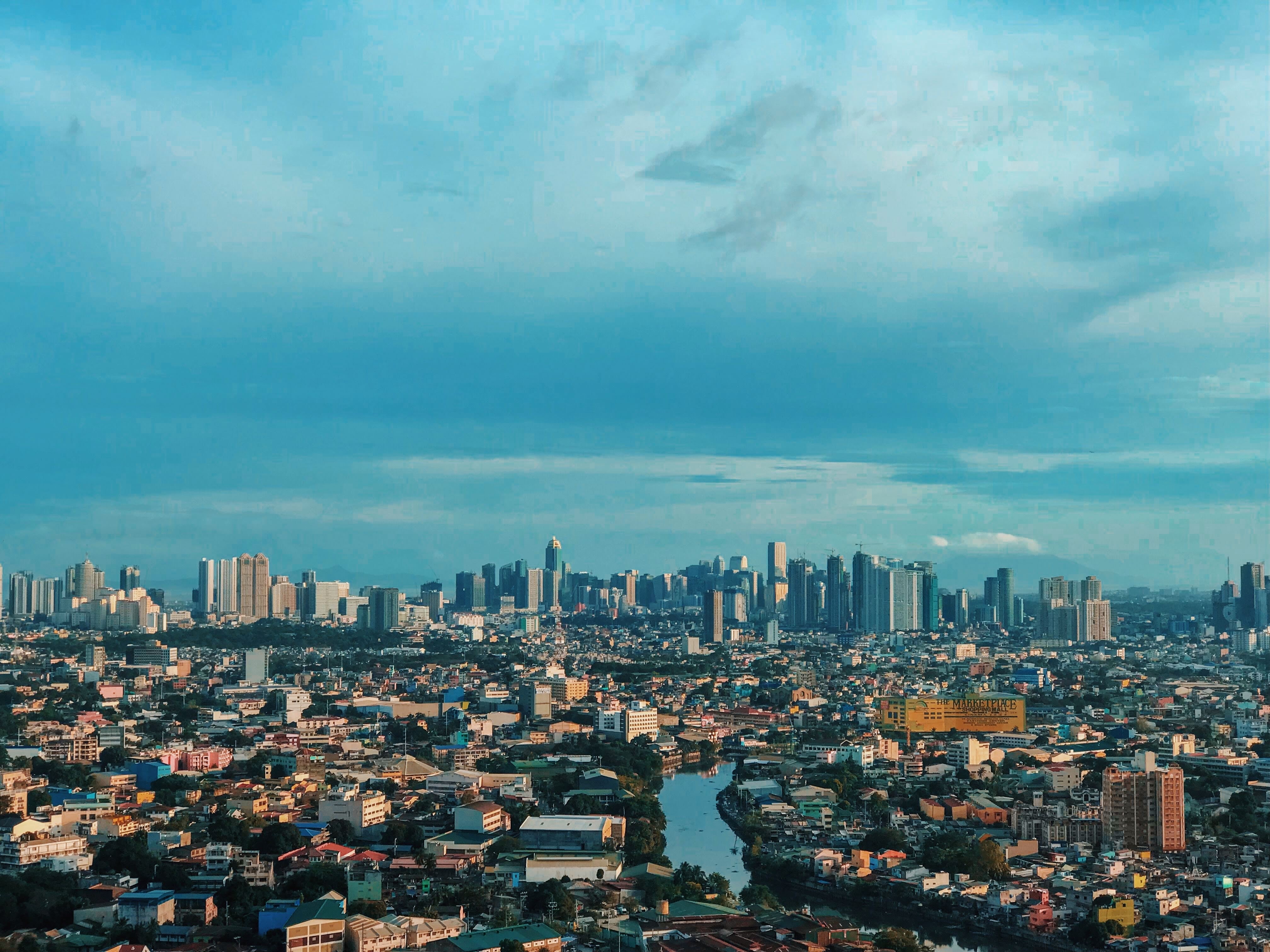It’s Friday again, not really, but every day feels like Friday.
One place, which has the capacity to offer you everything and anything, is the thrilling city of Manila, capital of the Philippines located in the South China Sea. Like a pendulum, it swings from historic to modern, from rich to poor, from being associated with overpopulation, traffic to one of the best cities in Southeast Asia for sightseeing and culture. The booming economy and increased focus on tourism with hip nightlife and restaurants, the city, though not the cleanest has a unique atmosphere for the traveler in me to have fun. I spent 2 wonderful days in the Asian megacity and luckily could unearth the jewel among chaos that is typical to it.

Manila gets its name from two Tagalog words: “May” meaning “there is” and “nilad”, the name of mangrove shrub that originally grew abundantly along the shores of the Pasig River and Manila Bay. A relatively new development is the incorporation of all the cities and municipalities comprising the Manila metropolitan area into one unit–a “mega-city”–called “Metro Manila”. The cultural gumbo of Malay, Spanish, American, Chinese and Arabic influences is heady but takes a while to appreciate. The vernacular language is Filipino but English is the most widely used language for business, education and everyday usage throughout Metro Manila. Older residents still speak basic Spanish.
A peculiar thing, which amazed me, was the beautiful co-existence of skyscrapers and sprawling malls with the expansive and grinding shantytowns (Manila is the most densely populated city in world with approx. 43k inhabitants per km2). Visitors ready to explore will surely like the edgy galleries, lively indie music scene, cool bars, cafes and artisan markets. Manila is truly cosmopolitan in nature with colorful multi-cultural heritage and varied nightlife.
Top 8 Reasons why Manila should be on your travel wish list
- Revisit the Spanish Heritage – Intramurous, the walled city, which is famous tourist attraction, lets you absorb the bygone era with its colonial architecture, green residential streets and balmy quaint air. Fort Santiago, a citadel used by Spanish and American military is a must visit when in Intramurous. Other famous spots include San Agustin Church and Casa Manila, which have withstood the test of time and wars. Visit these structures in the morning when it is still pleasant and breathable.
- World Class Museums – History lovers will have an awesome time exploring the varied theme museums of Manila. The National Museum of Filipino hosts exquisite artifacts from across the Philippines. For those with a shoe fetish can head to Marikina Shoe Museum where some 800 pairs of shoes are displayed. Ayala Museum has an enviable collection of gold artfacts. The Rizal Shrine museum celebrates the sacrifice of the local renaissance leader, Dr. Jose Rizal.
- Art Galleries – If art is something that interests you then Manila’s art galleries should be your favorite stop. From modern art to Filipino masterpieces, you will find it all. Manila cotemporary, Metropolitan Museum of Manila, National Gallery of Art, Cultural Center of Philippines, Vargas and Yuchengo Museum have stellar collections for you to enjoy.
- Chinatown – Soak up the old Manila vibes with modern twist by visiting one of the first Chinatowns in the world. Chinese lanterns, quick shopping of medicines, Buddha artefacts, moon cakes and delicious Hokkien food. Visit to the Chinese Cemetery along the Binodo district is worth it if you want to experience spooky fun.
- Food Scene – New age Manilenos have come up with an innovative food culture that is slowly picking up to its contemporaries like Bangkok, Hong Kong and Singapore. Famous for its street food, there are innumerable options to explore. El Chupacabra offers the best Mexican food with Filipino touch while a bevy of food trucks await to please your taste buds with menu favourites like ramen and pork sandwiches. Head to Salcedo and Legazpi farmers market to buy local treats.
- Live Music and Night Life – Manila is famous for the live music offerings. SaGujio is city’s most revered bars which plays rock and roll. Reggae and Pinoy Rock is another popular genre and hit at bars like B-Side. Karaoke Booths with hi-tech sound systems are a common sight. Manila is blessed with thriving club culture with its fancy rooftop cocktail bars, speakeasy bars and laid back pubs. Black Market, Republiq and 71 Gramercy are some of the favorite options for relishing the night life of Manila.
- Drink World – Do not worry about your alcohol cravings when in Manila as the city is packed with options ranging from cocktails to craft beers. You can quench your beer thirst at roadside cheap stalls or go for swanky artisan bars with great ambience. Not to be left behind, coffee culture has taken the locals by storm with many cafes sourcing single origin beans and roasting on-site for that distinct flavor. If you are looking to try an authentic Filipino drink, do not forget to try Halo-Halo, a drink cum dessert, which is as refreshing as the city culture.
- Walking Tours and Jeepney – A unique fun way to gain insight into the Manila history and local world is to join the famous walking tours like “Walk This Way” and “Old Manila Walks”. Jeepneys are the most common form of public transport across Philippines and more so in Manila. These are overcrowded most of the times, have open windows, cheap to travel and sometimes Karaoke enabled. Be ready to get on or off the slowly moving Jeepney as these flamboyant and colorful vehicles hardly stop at one place.
While in Manila, you can also enjoy a warm sunset at the Manila Bay Waterfront. If you are a fan of seafood, then go to the local market (called Seafood Dampa) and get your dish made as you like it right before your eyes. For the trekkers and one-day trip enthusiasts, tour to Tagaytay ridge for awe-inspiring view of Taal Lake and Volcano should definitely be on the travel iternary.
Accommodation and Travel
Manila has lot of boutique hotels, inns and hostels to stay. You can get hotel for as cheap as 500 Pesos per night if you want to be cost effective. The best hotel accommodations are 20 to 30 minutes away from Airport and are lined along the Roxas Boulevard overlooking the Manila Bay.
The Ninoy Aquino International Airport is Philippines’ primary international airport connecting to all major cities across world. There are taxis, small buses and Jeepneys outside the airport to get you to main city area.
Quick Tip:
Keep a track of the meter all times to avoid scams and unnecessary trouble. Buses and Jeepneys are not numbered, but have the rates displayed clearly on the sides and the dashboard. While riding the horse carriages, known locally as Calesa, negotiate the fare beforehand as they might mix up Pesos and US Dollars leading you to shell out extra money.
